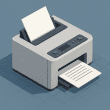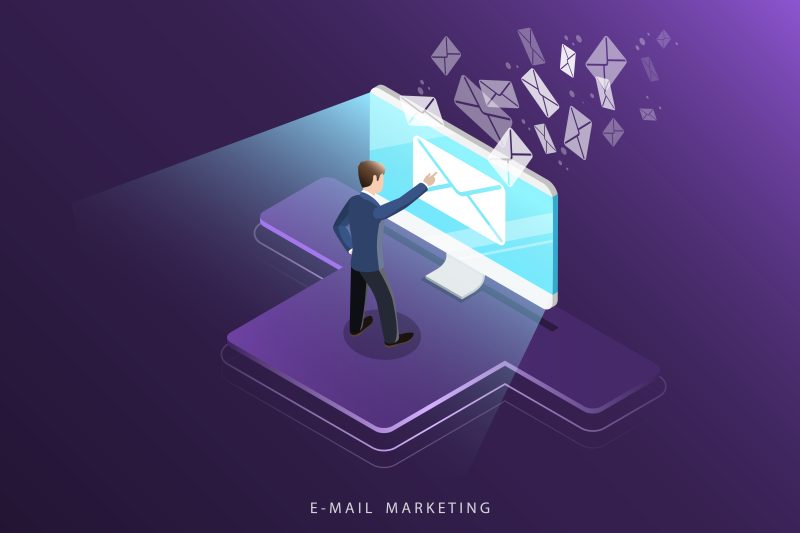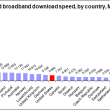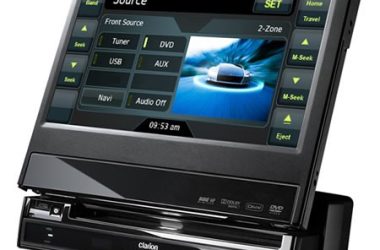Table of Contents Show
The DMA reported that you can expect a return of around $32 for every $1 spent on email marketing. According to Hatchbuck, newsletter recipients spend 138% more than those who don’t receive email offers. An Exact Target survey found that 77% of consumers prefer receiving marketing material via email over any other method.
It’s no secret that email marketing is an affordable and effective way to improve customer relationships, increase engagement with your business, generate more leads and ultimately, more sales.
But in order to leverage the incredible ROI potential of this marketing channel, you need to consider a number of factors when putting together your strategy. Even if you’re seeing considerable success with your current efforts, there’s always room for improvement. Here are 5 key factors of a successful marketing campaign.
Valuable Content
Incentives are effective at getting customers to subscribe, but good content is what makes them stick around. Ensure that yours is relevant and informative. Include news about your industry, new product announcements, special offers and links to your blog where subscribers can read content on topics that interest them.
Effective Design
Email design trends change quickly and consumer preferences subsequently follow. If your emails have looked the same for more than a year, perhaps it’s time for a refresh. Take a look at these email marketing examples from Sendinblue for some ideas on what an effective newsletter looks like, as well as some pointers on what works best.
Be sure to check out the rest of the blog for more valuable information on email marketing. Don’t forget to ensure that your emails are mobile-friendly. For smaller screens, content should be placed above the fold, with less text and more visual elements. Minimize whitespace and use call-to-actions sparingly to prevent your email from looking cluttered.
Clear Objective
Any email you put together should be designed with a specific objective in mind. This can include getting the user to buy a product, read a new blog post, sign up for another list, or act on an incentive. It’s better to stick to one call-to-action per email. Too many, and your recipients won’t have a clear idea of what to do next.
Personalized Experience
A personalized experience goes way beyond just having the recipient’s name in the header. Your emails should appeal to your audience in a meaningful way based on what you know about them.
For instance, you can send specific offers based on how the customer interacted with your business in the past. This can help you increase retention and improve customer relationships.
Shareability
By giving recipients a reason and making it easy to share your emails, you can expand the reach of your newsletters, as well as improving your authority and brand recognition. Even a simple reminder to share your email can make a difference. Another great way to do this is to offer a referral program where participants are rewarded with special offers.
Be sure to perform a follow-up analysis on the performance of your emails after implementing changes. This will help you progress towards making the best email campaign for your business.









